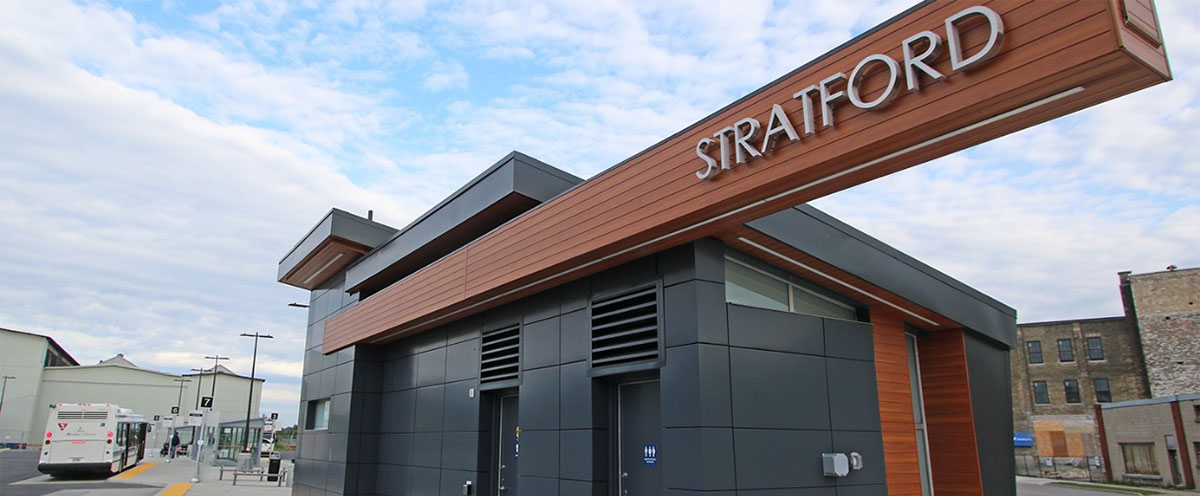Budget

What's the difference between capital and operating budgets?
How are municipal programs and services funded?
How does the annual City budget impact my property taxes?
For answers to these questions and more, please see below Budget Backgrounder to help demystify the annual municipal budget exercise:
| The Budget Process |
|
Each year, typically in late summer or early fall, staff members from each City department begin to examine their budgets for the following year, estimating their expected revenue and expenses. That information is collected by the Director of Corporate Services (the City’s treasurer), and reviewed with the Chief Administrative Officer. A draft or preliminary budget is prepared, and that serves as a starting point for formal budget discussions by the Finance and Labour Relations Committee. Those discussions, which are open to the public, usually take place in the fall. The committee may approve the draft budget as presented, but typically recommends some changes to it – adding, removing or revising items. Public consultation, usually in the form of budget open houses, as well as feedback gathered online and through letters and phone calls, helps to inform the committee’s deliberations. When its budget discussions are complete, the Finance and Labour Relations Committee will make a recommendation to City Council to adopt the budget. The budget is formally approved by Council with the passing of a budget by-law. |
|
Components of the Budget |
|
In general, the budget is divided into two separate but related components: operating and capital. The operating budget, as the name suggests, covers the day-to-day operation of each of the City’s departments, which are:
Salaries and wages, snow removal, transit service, parks maintenance, emergency services, and waste/recycling collection are all examples of operating expenses. The capital program deals more specifically with the City’s tangible assets, managed by each department. Capital assets include things like infrastructure (roads, bridges, sidewalks, buildings, sewers, etc.) as well as vehicles, machinery and equipment. The capital program covers the purchase, maintenance, improvement or replacement of those capital assets. So the cost of rebuilding a road, for example, would fall under the capital program. The cost associated with plowing, sanding and salting that road in the winter would be considered an operating expense. |
|
How do we pay for the services provided by the municipality? |
|
Funding for municipal programs and services and capital assets comes from a variety of sources, the primary one being property taxes. Revenue from user fees, government grants and contributions from other municipalities with whom we share services also help to cover cost of running the City of Stratford. |
|
How does the annual budget impact my tax bill? |
|
Once the budget is finalized, the City determines the tax levy for that year, which is the amount of money required of taxpayers to cover the cost of providing all of the programs and services the City of Stratford offers its residents. That amount is collected through property taxes, which are calculated by multiplying the City’s tax rate for each property class by the current value assessment of your property (as determined by the Municipal Property Assessment Corporation - MPAC). There is also a separate education tax rate, which is set by the Province of Ontario. The City collects education taxes on behalf of the Province, and distributes them to the local school boards. The total tax bill blends the municipal and education amounts. |
|
What might cause my taxes to go up? |
|
There are multiple factors that affect the City’s budget and tax levy each year, and have an impact on both the revenues we collect, and the expenses we pay. Inflation is a big factor, but others include fluctuating energy rates, aging infrastructure that requires rehabilitation or replacement, and in some cases, increased service levels. |
More Information
2025 Budget
2024 Budget
2023 Budget
As budget documents contain complex tables and charts, it is challenging to ensure they meet all provincial accessibility guidelines, especially those from less recent years. Previous versions have been removed from the City's website but are available by emailing Stratford Budget with your request.
Take a look at our Property Taxes page to see where your tax dollars go.
